Difference of UV Radiation
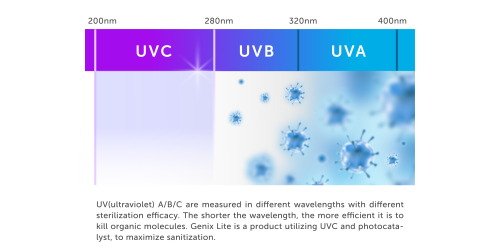
UVA vs UVB vs UVC – Differences, Effects & UVC Applications
- What Are Ultraviolet (UV) Rays?
- UVA vs UVB vs UVC – Key Differences
- UVC in Air Purification and Disinfection
- Biological Effects of UV Radiation
What Are Ultraviolet (UV) Rays?

Ultraviolet (UV) radiation is a form of electromagnetic energy emitted by the sun. It is invisible to the human eye and lies just beyond the visible spectrum. UV radiation is classified into five types based on wavelength: UVA (315–400nm), UVB (280–315nm), UVC (100–280nm), Far UV, and Vacuum UV.
While UVA and UVB reach the Earth’s surface, UVC and shorter wavelengths are typically absorbed by the ozone layer. Despite this, artificial UVC sources are now used in medical and consumer-grade disinfection devices due to their germicidal properties.
UVA vs UVB vs UVC – Key Differences
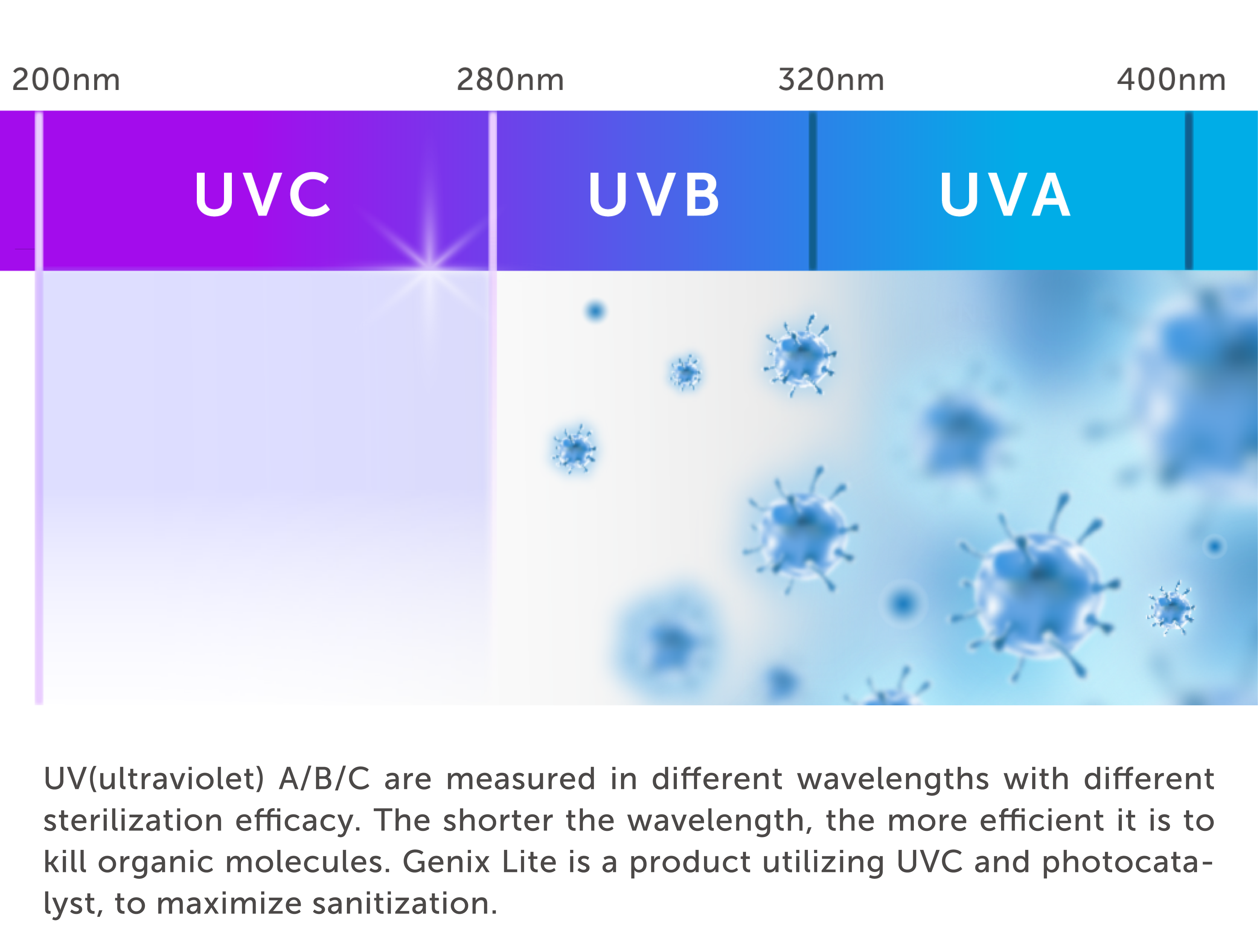
UVC (100–280nm)
UVC rays are the most energetic and harmful among the UV spectrum. Naturally blocked by the ozone layer, they can be artificially produced for sterilization purposes. UVC effectively damages the DNA/RNA of viruses and bacteria, rendering them inactive. Improper exposure to UVC light, however, can cause serious burns and eye injuries.
UVB (280–315nm)
UVB plays a role in vitamin D synthesis but is also the primary cause of sunburns, skin aging, and certain types of skin cancer. It affects the outer skin layer (epidermis) and can damage DNA if exposure is excessive. It is stronger than UVA and can be harmful in short durations.
UVA (315–400nm)
UVA is the least energetic but penetrates deeper into the skin (dermis). Prolonged exposure leads to premature aging, DNA mutations, and immune suppression. UVA is widely used in tanning beds and black lights, though it still poses significant risks over time.
UVC in Air Purification and Disinfection
UVC is now commonly used in air purifiers, sterilization lamps, and healthcare environments. IADIY’s Genix Lite and Car Genix models integrate UVC light with photocatalyst technology to effectively neutralize bacteria, viruses, and VOCs.
These devices are certified by SGS, achieving a 99.8% reduction in airborne pathogens including SARS-CoV-2 (COVID-19). Unlike traditional HEPA-based filters, Genix purifiers operate without filters, making them cost-effective and waste-free.
Biological Effects of UV Radiation
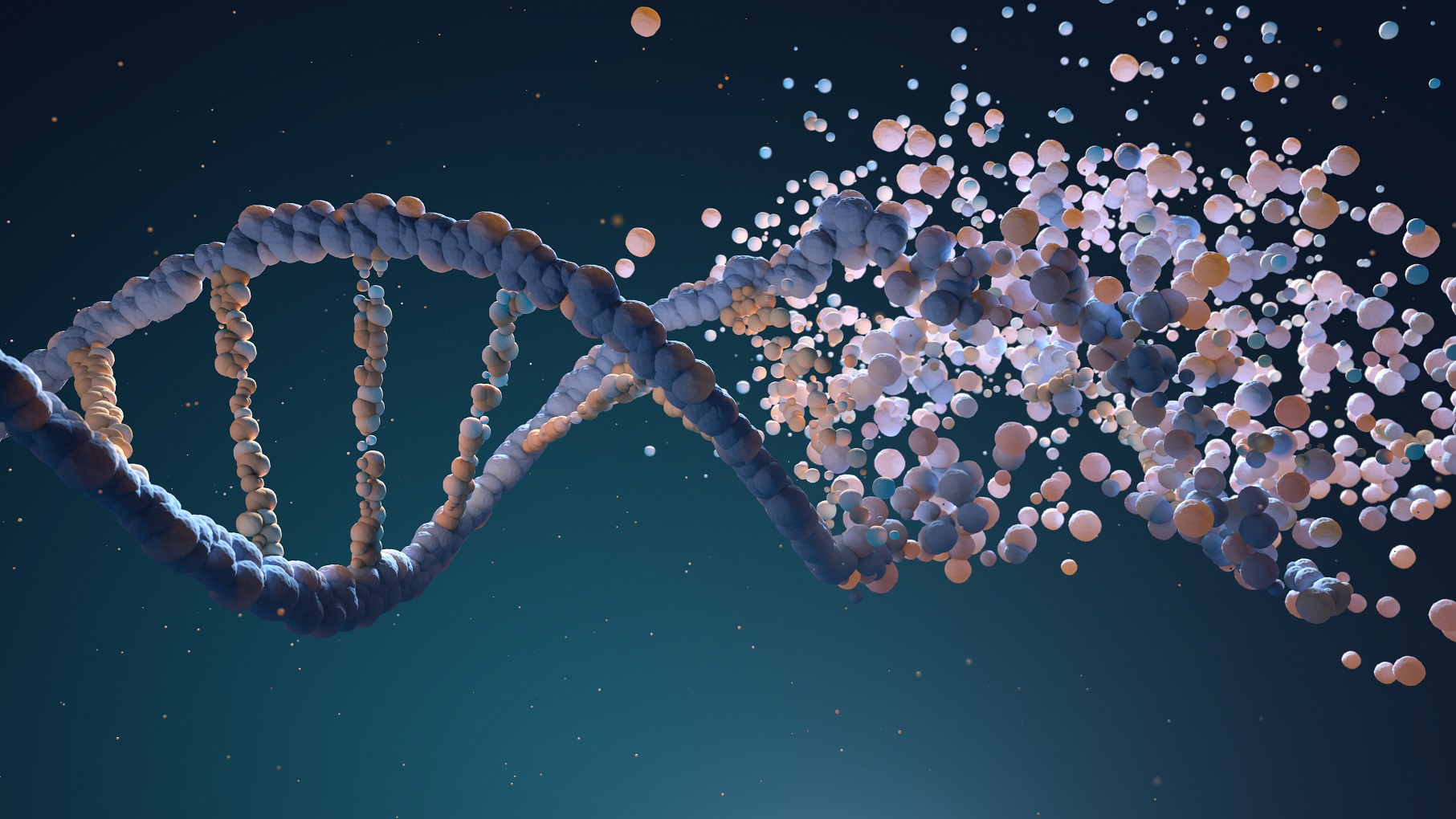
UV exposure damages living cells by disrupting nucleic acid structures. Specifically, UVC induces the formation of pyrimidine dimers—DNA lesions that prevent proper replication and repair. This is the scientific basis for UV sterilization technologies.
However, overexposure to any UV type can be dangerous. Risks include corneal burns, skin cancer, and photoaging. For public safety information, refer to the FDA’s UV radiation guidelines.

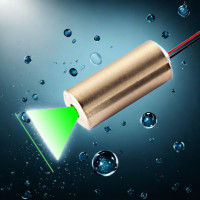
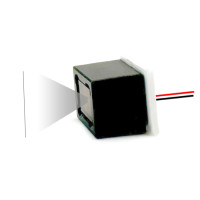
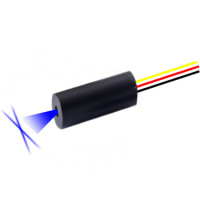
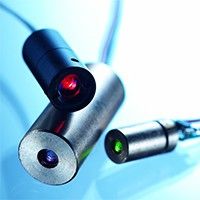

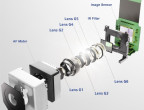



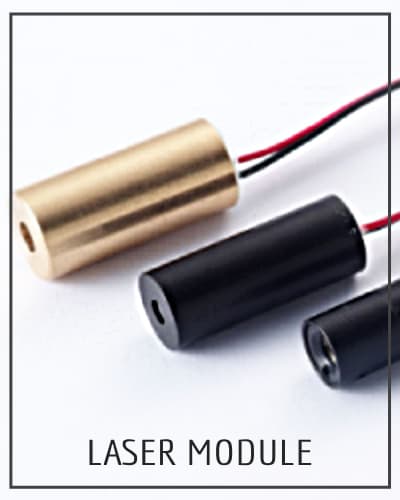
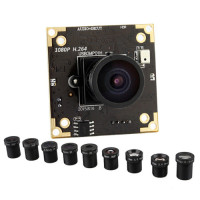
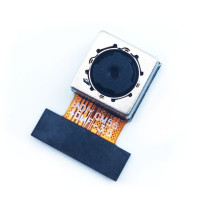
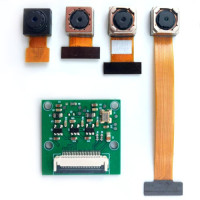



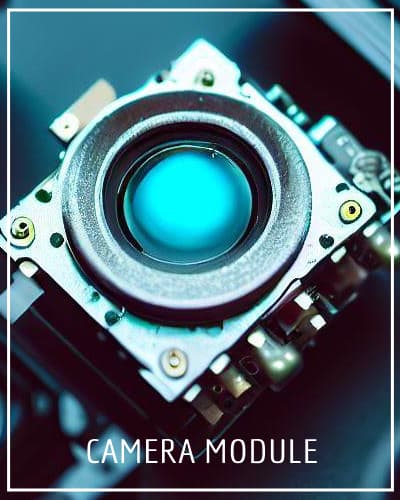


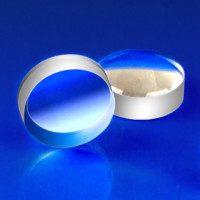

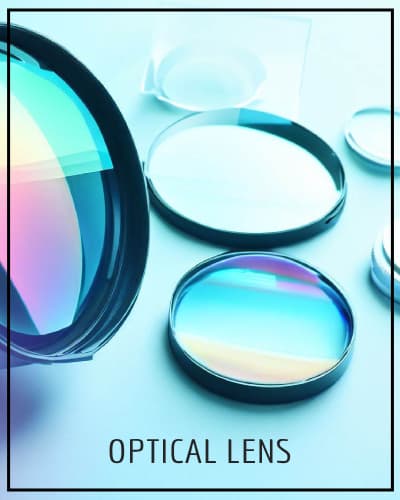


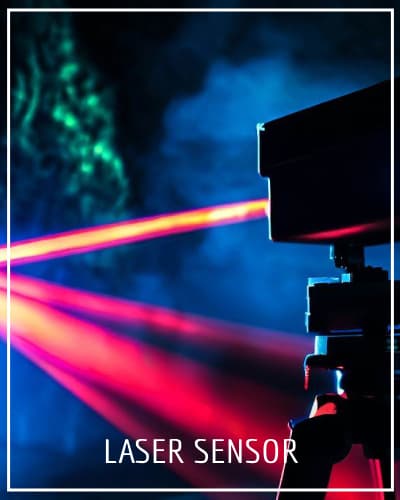



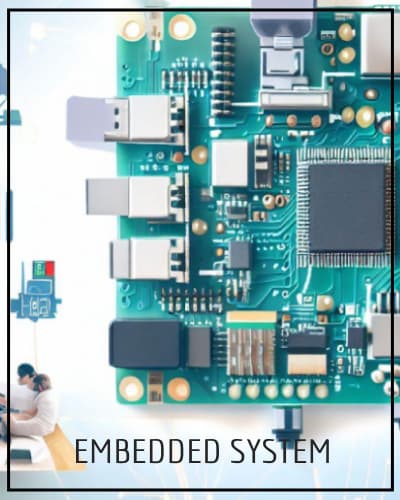









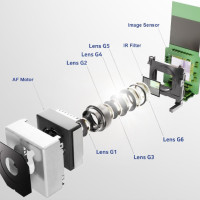












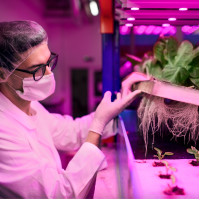











Leave a Comment